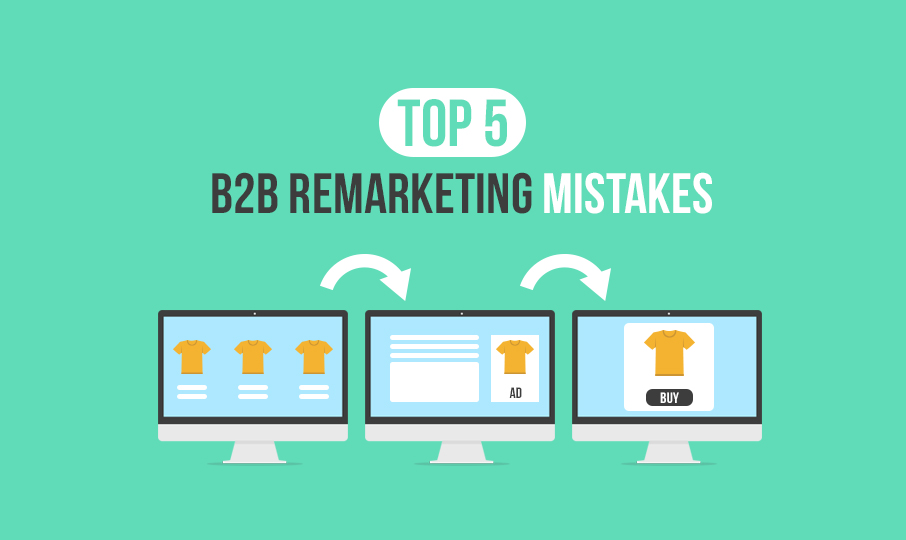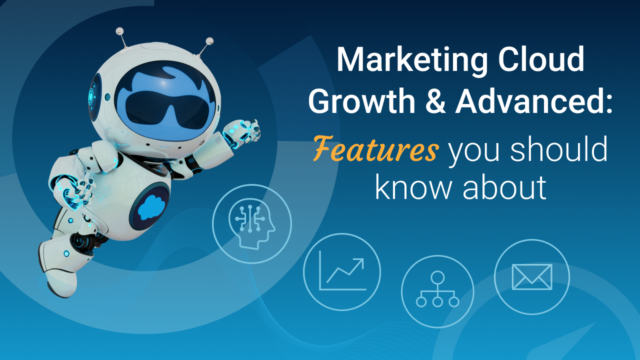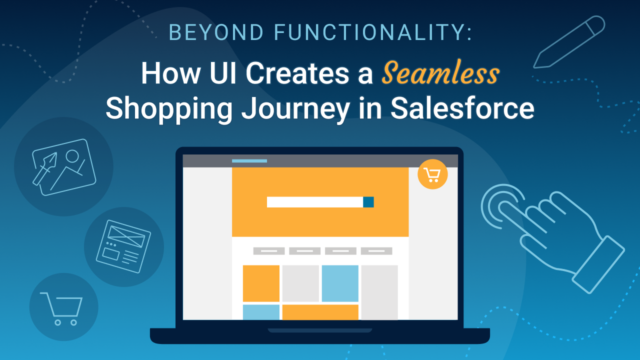Andrew Breen is an advertising expert specializing in B2B SEM. Breen helps B2B SaaS companies drive pipeline with advertising and analytics. He also lends expertise to CloudKettle as the Advertising Practice Lead. You can find him on LinkedIn here.
Recently, I sat down with Breen to talk about what cross-channel remarketing looks like for a typical client, and the top five B2B remarketing mistakes even good agencies make.
Why is Remarketing so Important for B2B SaaS Companies?
Most B2B SaaS companies have a long sales cycle, which means staying in front of them throughout that cycle is important. Remarketing is an incredibly effective way to do that.
Remarketing is also integral to any modern digital advertising strategy because only a small percentage of your web traffic is initially going to convert. We typically see 1% to 3% of website visitors convert on their first visit. So, all the money and energy you spent getting that other 97% there, that effort is lost if they don’t come back to your site. Remarketing allows you to stay in front of those previous visitors as they’re doing their research and going through their customer journey.
What does Remarketing look like for a Typical Client?
Remarketing for our clients is very sophisticated. I want to start by saying; even simple remarketing is absolutely better than no remarketing at all. I would never want to deter people from trying remarketing out.
For most people, organic traffic is their number one traffic source. So, a lot of times people are coming in because either they’ve heard of your brand before, or they’re searching for an answer to a problem.
Let’s say you sell “sales performance software” and someone is Googling a question they have about sales operations. Your content happens to come up organically with a blog post that kind of answers their question. Now, they might not know who your company is, and frankly, they may not even know what “sales performance software” is. They’re just looking for an answer to a question.
More than likely they will come to the blog, read your blog post, get the answer they are looking for, and go about their day. Remarketing allows you to start infiltrating their world.
So, they’ve come to your blog and they’ve left – right away we’d begin to remarket to them on Facebook. You might have an eBook offer about “Data Challenges within Sales Operations.” You know they’re interested in sales operations because they read your blog post. Over time, they’ve seen your ad on Facebook a bunch and eventually they click through, download a resource, and become a lead in your CRM.
Now you can start leveraging CRM data and putting them on your different remarketing lists. If you think about their customer journey at this point, they are now just beginning to understand the bigger problem your software can help them solve. At this point, you might want to serve them a video testimonial on YouTube, like a pre-roll from a satisfied client. Or you could promote a case study on Twitter.
The idea of cross-channel remarketing is to take advantage of all the different remarketing opportunities you have at your fingertips. Some people love Twitter; some people love surfing the internet, I’m a Reddit guy myself – so if you just focus on certain channels, you’re going to miss out on a big swath of your audience. Remarketing is also really effective at making people think your company is bigger than it is. Which, when you’re trying to sell to enterprise, can make a big difference.
Top 5 B2B Remarketing Mistakes
Only Using Standard Channels for B2B Ads
Only using standard channels and not testing out “non-business” channels like Facebook is a huge mistake. The mindset that we come up against most often is that B2B marketers think, “Oh well, you know, Facebook isn’t a B2B channel, so we shouldn’t be on there.” Which is crazy because 99% of digital advertising growth is coming from either Facebook or Google. So, if you think your audience isn’t on there, you’re wrong. At best, it’s an unfounded assumption, and at worst, it’s a big missed opportunity for your business.
We encourage our customers to start with AdWords because that’s your gateway drug so to speak. From there, add in Facebook. Then place the Twitter pixel to see if the volume justifies the efforts. If you want to get really creative, you can try Yahoo Gemini or even Pinterest. We like to try to go to places where other people aren’t because that’s where we often drive a lot of value.
Only Using Website Signals
When remarketing as a concept first came out, it was limited to creating your audiences based on what they did on your website. Since then, we’ve seen remarketing expand in both breadth and depth. Now, there are some exciting things you can do that not many people are aware of.
One of the hottest terms in the industry right now is CRM retargeting. So, for example, someone comes to your site, they fill out a form, and now they’re in your CRM. The idea is to tie your Salesforce data to Marketo (or whichever marketing automation platform you use), so you can leverage customer and lead data for marketing. The set-up can be a little bit tricky, but the ROI we’re seeing is fantastic.
Quitting Early: Remarketing Never Ends
People perceive the whole purpose of remarketing to drive someone to a landing page so you can get their email address. As a result, most people think remarketing stops once they’ve converted. We’d argue, remarketing never stops.
We’d say: use one list if you haven’t gotten their email, once they’re in your CRM then upsell them to keep moving them down your sales funnel. Even once they’ve booked the demo, keep remarketing to them because you want to stay top-of-mind as they’re going to that purchase decision.
Not Negative Matching Audiences
This is a killer. Only a certain percent of people are coming to your website could potentially become a net-new customer. If you’re a big company, there’s a lot of people looking at the job postings on your website or doing research on your company for investment decisions. It’s essential to negative match certain patterns and behaviors, so you’re only marketing to people who are likely to become customers.
A good starting point is, negative match anyone who visits a jobs page. You should also negative match people who are already customers by excluding the web actions that would indicate they’re a customer – like logging into a certain section of the website.
Think about what signals you can use to negative match people. It’ll save you a lot of money.
Not Being Sequential
As I said earlier, doing any remarketing is better than doing none at all. However, in an ideal world, your remarketing strategy would involve using different triggers to move people through your sales funnel. This requires thinking strategically about how you can segment your audiences to push them from not knowing who you are to wanting to buy from you.
The tricky part often is, how do you place all of your pixels and understand audiences across all of the different platforms? From a technical perspective, tools like Segment can help you implement your pixels in a cohesive way across platforms. From a strategy standpoint, it boils down thinking of people beyond just customers vs leads, to segmenting people in a more nuanced way.
Wrap Up
If you liked what Andrew had to say, check out Outshine’s blog to find out more about how they help companies like National and Corcoran succeed.



